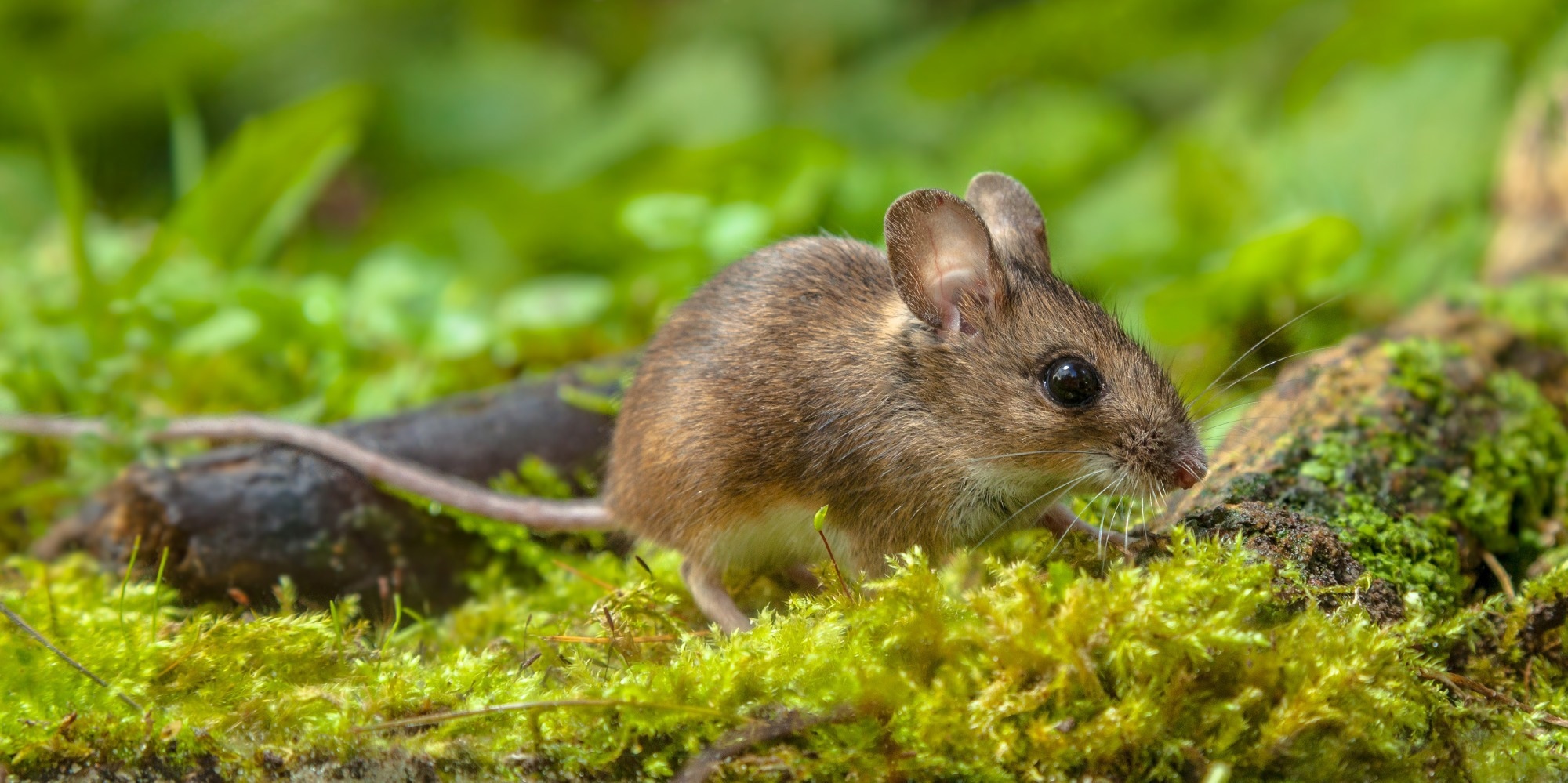Previous research has indicated the reverse transmission of various zoonotic pathogens from humans to animals as a global concern. Furthermore, the World Organisation for Animal Health (OIE) on 6th July 2022 stated that while occasional occurrences of COVID-19 in domestic or zoo animals show little long-term consequence, infections at wildlife population levels indicate the possibility of further evolution of the virus in animals and a future reintroduction of the virus into humans at a later date. Therefore, identifying the risk of SARS-CoV-2’s establishment in the wild mammal population is essential.
 Research Letter: Serologic Surveillance for SARS-CoV-2 Infection among Wild Rodents, Europe. Image Credit: Rudmer Zwerver / Shutterstock
Research Letter: Serologic Surveillance for SARS-CoV-2 Infection among Wild Rodents, Europe. Image Credit: Rudmer Zwerver / Shutterstock
Wild rodents are suspected to be more susceptible to SARS-CoV-2 infection. Most often, infection results in no or minor detectable disease, although shedding of the virus takes place 4 to 7 days post-infection and can be spread to naive rodents. This could lead to broad circulation, reverse transmission, and long-term establishment of SARS-CoV-2 among the rodent population. The joint United Nations Food and Agriculture Organization and OIE (FAO-OIE) Advisory Group on SARS-CoV-2 Evolution in Animals suggested that a large surveillance study of rodent populations exposed to humans is required to close a significant gap in SARS-CoV-2 research.
Experiments have indicated that the detection of antibodies takes place for several weeks or longer following the infection of rodents with SARS-CoV-2. However, the shedding of the virus takes place for only a few days. In addition, a recent survey in Hong Kong reported Norway rats to be seropositive for SARS-CoV-2. Therefore, more extensive surveillance studies are required in other habitats, continents, and non-commensal rodent species considering their high ubiquity and biodiversity.
A new study published in the Emerging Infectious Diseases journal conducted a large-scale serologic survey of SARS-CoV-2 in multiple rodent species to determine the reverse transmission of SARS-Cov-2 and its establishment in wild rodents across different settings.
About the study
The study involved sampling 1,202 rodents and 35 Soricidae shrews from 8 urban parks and 23 forest sites across 5 European countries (Poland, Germany, France, Belgium, and Ireland). This was followed by an assessment of the SARS-CoV-2 serologic status of each rodent using an infected cell-based immunofluorescent assay (IFA). SARS-CoV-2 reverse transcription quantitative real-time PCR was also used to confirm infection.
Study findings
The results reported one IFA-positive rodent, which was observed to be a wood mouse sampled from an urban park in Belgium. However, no neutralizing antibodies against SARS-CoV-2 were detected in the wood mouse. Moreover, the RT-qPCR results of 59 rodents sampled from the same area were observed to be negative.
Therefore, the current study demonstrates no significant evidence of the spread of SARS-CoV-2 among rodents in northern Europe. A similar observation has also been reported from Hong Kong, which has denser human and larger rodent populations. Thus no evidence of widespread SARS-CoV-2 circulation has been reported among rodents to date.
- Bourret, V. et al. (2022). Serologic Surveillance for SARS-CoV-2 Infection among Wild Rodents, Europe. Emerging Infectious Diseases. doi: https://doi.org/10.3201/eid2812.221235. https://wwwnc.cdc.gov/eid/article/28/12/22-1235_article
Posted in: Medical Science News | Medical Research News | Disease/Infection News
Tags: Agriculture, Antibodies, Assay, Cell, Coronavirus Disease COVID-19, Evolution, Food, Infectious Diseases, Research, SARS, SARS-CoV-2, Transcription, Virus

Written by
Suchandrima Bhowmik
Suchandrima has a Bachelor of Science (B.Sc.) degree in Microbiology and a Master of Science (M.Sc.) degree in Microbiology from the University of Calcutta, India. The study of health and diseases was always very important to her. In addition to Microbiology, she also gained extensive knowledge in Biochemistry, Immunology, Medical Microbiology, Metabolism, and Biotechnology as part of her master's degree.
Source: Read Full Article
